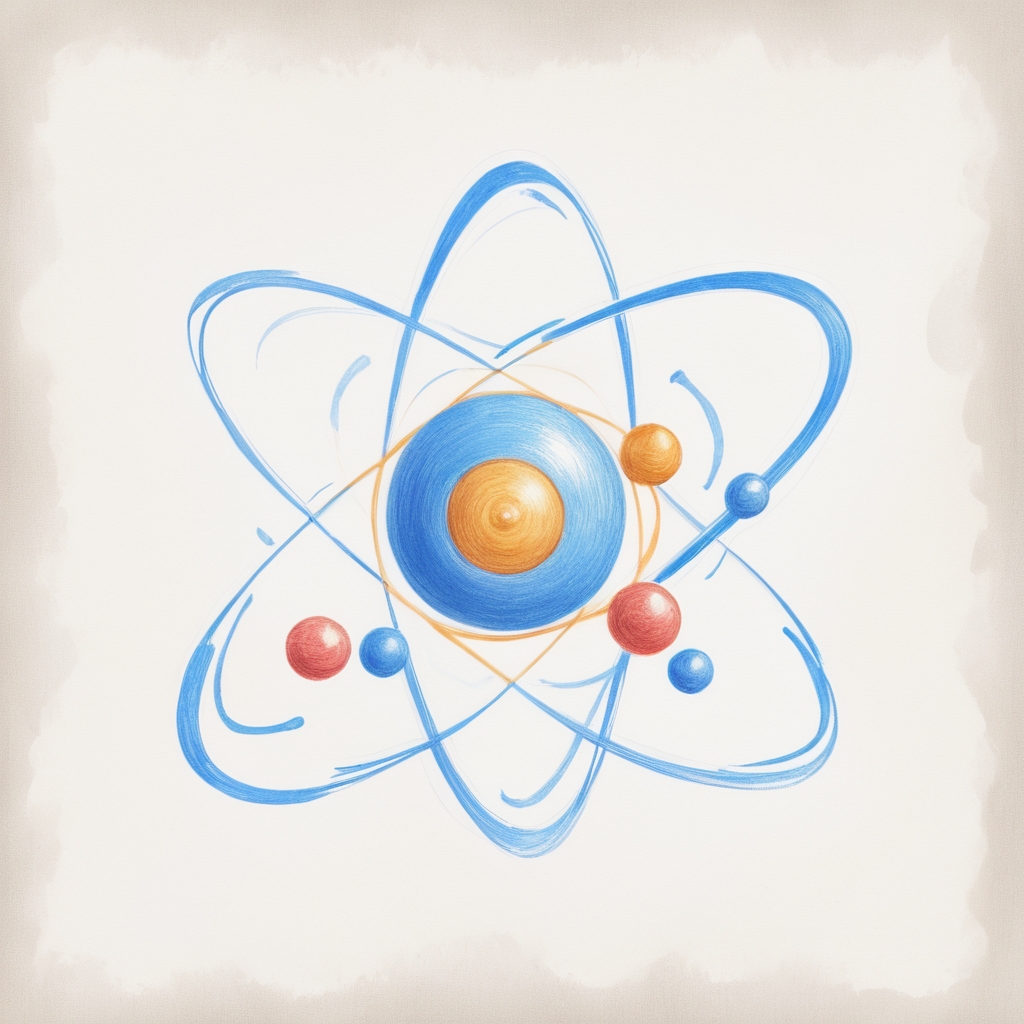Tantra is an ancient Indian practice that, in Sanskrit, means “woven together.” It is often associated with being a way to connect the physical and the spiritual, sometimes interpreted as a form of sacred intimacy. Some people believe Tantra involves black magic, claiming it can harm others and misuse powers supposedly derived from evil forces. However, some researchers have explored Tantra and Science from a completely different perspective, suggesting it has connections to physics and provides explanations related to atomic structures. Understanding the interplay between Tantra and Science can shed light on ancient wisdom and modern scientific principles.
When I was reading about this, I found it truly fascinating. It’s intriguing to realize that something you believed to be one way since childhood can turn out to be entirely different. Of course, some people may not accept this, as it’s challenging to rethink long-held beliefs. However, I enjoy exploring things from all perspectives, so I find this perspective appealing too. I would love to read more research papers on this topic.
Understanding the interplay between Tantra and Science can shed light on ancient wisdom and modern scientific principles.
What does everyone think Tantra is?
From the beginning, if you ask people about Tantra, their answers can generally be summed up as Tantra mainly consisting of five elements.
- Mantra
- Yantra
- Alcohol
- Nonvegetarian food
- Sex
What could Tantra actually be?
Once you delve into science, physics, and the universe, you begin to understand and perceive things differently. This shift in perspective can also change how you view Tantra.

First of all, I believe most of you are familiar with what an atom is, right? Still, for those who don’t know or may have forgotten, atoms are made up of particles primarily known as protons, neutrons, and electrons. When atoms combine, they form molecules, which make up most of the things around you.
We know that:
- Protons have a positive charge.
- Electrons have a negative charge.
If we compare protons to Shiva, the destroyer, they can be associated with a positive charge, as protons play a significant role in atoms losing, gaining, or sharing electrons.
Similarly, electrons can be compared to Shakti, the mother nature, as they carry a negative charge and play an active role in chemical reactions, resulting in the formation of molecules or compounds.
To those who think this is just bluff and purely religious with no connection to science, I would like to draw their attention to what Einstein once said:
“Science without religion is lame. Religion without science is blind.”
As I mentioned in my first blog, our ancestors were far more intelligent than we often give them credit for. Myth and science have always gone hand in hand, like two sides of the same coin.
This assumption about Tantra being related to atomic structure might not just be a hoax but a potential breakthrough in understanding the knowledge of those who came before us—how they lived and how they perceived the world.
Sir Arthur Eddington’s words fit well here:
“You can neither understand the spirit of true science nor of true religion unless you keep seeking in the forefront.”
Within our body lie chakras — some spin clockwise, while others rotate anti-clockwise. The true essence of Tantra lies in awakening these energy centers. This activation is achieved through practices like meditation, deep penance, and the chanting of mantras.
Tantra has no connection with the consumption of non-vegetarian food, alcohol, or physical indulgence.
Unfortunately, the concept of merging male and female energies is often misinterpreted as sexual union. In reality, it symbolizes the inner balance and harmony between the divine energies within us.

